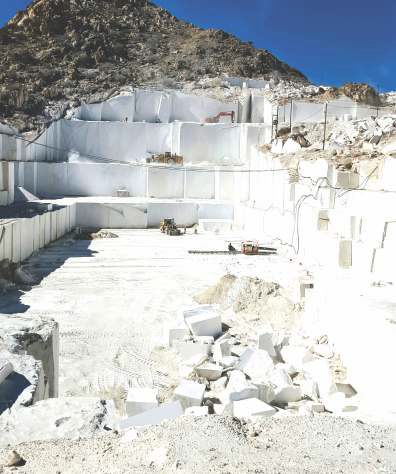Waking Giants
 Author: STC
Author: STC
Article Date: 01.04.2017
According to a Deloitte report from 2016, Southern Africa - which includes Angola, Botswana, Lesotho, Madagascar, Malawi, Mauritius, Mozambique, Namibia, South Africa, Swaziland, Zambia and Zimbabwe - plays host to 29.7% of all significant projects in Africa. With a figure of $93.4 billion, it represented 28.9% of the continent's industry in terms of value.
South Africa continues to account for the largest amount of infrastructure and capital project activity in Southern Africa, with 48.2%, followed by Angola with 12.9% and Mozambique and Zambia with 10.6% each. It also has the most projects, by country, in Africa with 41 projects.
One of the most significant South African projects moving forward at the moment is in Modderfontein, where a $8 billion mini city - and a smart city at that - is planned in a location some 20 km from Johannesburg's central business district.
Almost directly west of Modderfontein, across the border in Namibia, another huge project is underway, but this is of more traditional construction nature - Neckartal dam on Fish River. When completed, it will be 80 m high and will be the largest dam in the country.
Over 2,600 km north of the Fish River, in Angola, the government has recently contracted work with an estimated value of $1.3 billion to rehabilitate and expand the Marginal de Corimba, in the city of Luanda. Delivering on its commitment to ease traffic congestion and improve access to the city, the government has awarded a design and build contract within the project. Once this phase of the project is completed, construction work will begin on the Marginal de Corimba highway, a fishery port, marina and a real estate development.
On the other side of the continent, in Mozambique, the potential for exporting natural gas is driving forward a number of construction projects, including one in Cabo Delgaro province, in the north of the country. Anadarko and Eni, two firms independently drilling for natural gas off shore, have agreed to jointly develop the Mozambique Liquefied Natural Gas (LNG) Park to process the gas they source. Phase one of the 7,000-hectare park's development includes the installation of two LNG trains, each of which will have the capacity to transport 6 million tonnes of gas per year. The installation of four further such trains is planned for later stages of the park's development.
Within the Maputo province of Mozambique, one of the major hurdles holding back development is the lack of a well-developed transportation network between the capital city of Maputo and the southernmost portion of the country. A trade route dubbed the East3route - connecting Maputo to Kwazulu Natal in South Africa - has been identified as a precursor to economic development and is being jointly developed by the governments of South Africa, Mozambique and Swaziland, respectively. As part of the initiative, it was decided to build a bridge across Maputo Bay, to support tourism, thus generating jobs and further economic growth. After its completion at the end of 2018, the Maputo Bridge will be the longest suspension bridge in Africa, with a main span of 680 m and total length of 1,225 m.
In neighbouring Zimbabwe, the first of four phases of a huge coal-fired power plant is being constructed on the shores of Lake Kariba on the country's northern border with Zambia. On completion of the fourth phase of the project, the Lusulu plant will have the capacity to produce 2,000 MW of power, which is expected to greatly reduce Zimbabwe's the long-running issue of power cuts. In recent years, the Zimbabwean government has ramped up its budget for power generation projects, in an effort to effectively deal with its significant deficit.
One southern African nation that receives little press in construction circles is the Democratic Republic of Congo. Yet, of all the projects either planned or ongoing in this part of the continent, the project planned in DR Congo is the largest, most ambitious and most expensive. The Grand Inga hydropower project is being fast-tracked by the government, although there are complications surrounding both funding and its adherence to international guidelines.